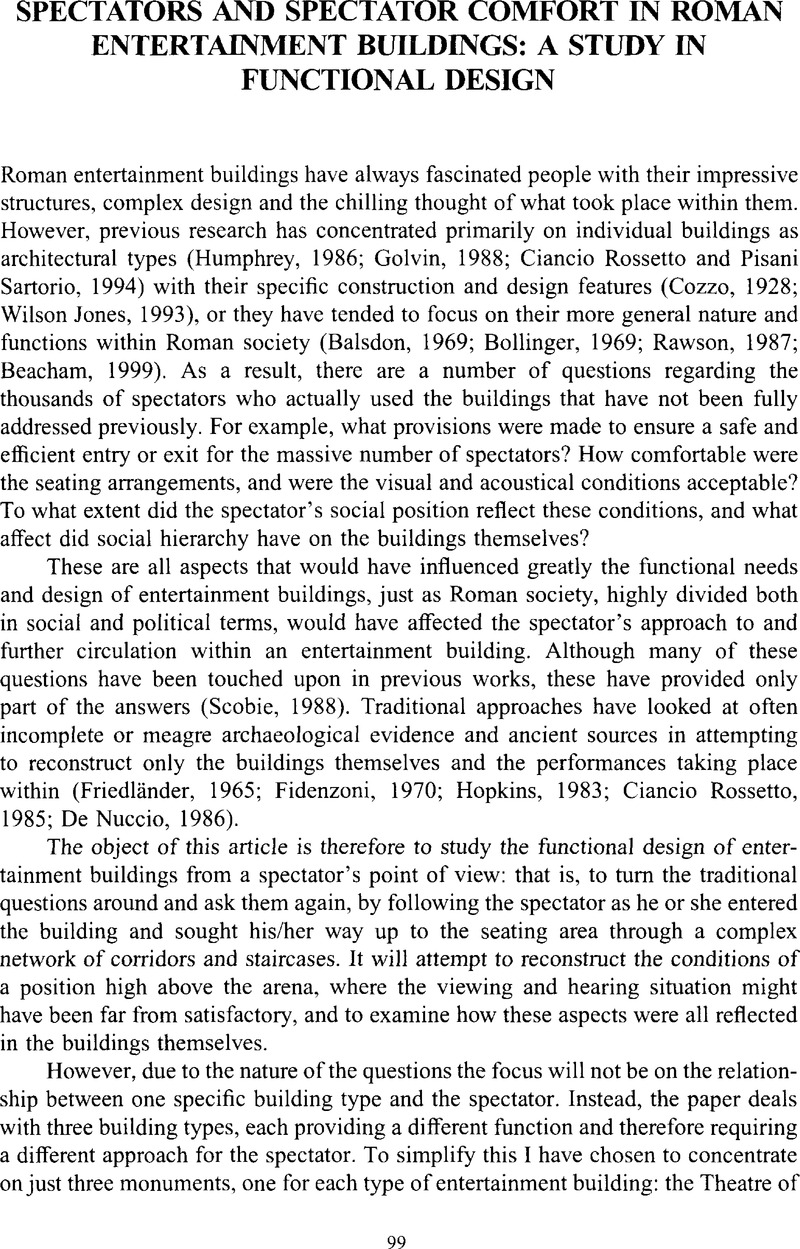Crossref Citations
This article has been cited by the following publications. This list is generated based on data provided by Crossref.
Eunsook Bae
2013.
The seating arrangements in roman spectacula until the beginning of the first century : Focused on a form of the Forum and Lex Theatralis.
The Journal of Classical Studies,
Vol. null,
Issue. 35,
p.
219.
Groton, Anne H.
2020.
A Companion to Plautus.
p.
47.
Kim, Young Richard
2021.
The Cambridge Companion to the Council of Nicaea.
Hanson, J. W.
2023.
Relating Scale and Heterogeneity: Residuals, Scale-Adjusted Metropolitan Indicators, and Roman Cities — or, How Do We Assess Heterogeneity When Cities Are Different Sizes?.
Journal of Urban Archaeology,
Vol. 8,
Issue. ,
p.
147.



